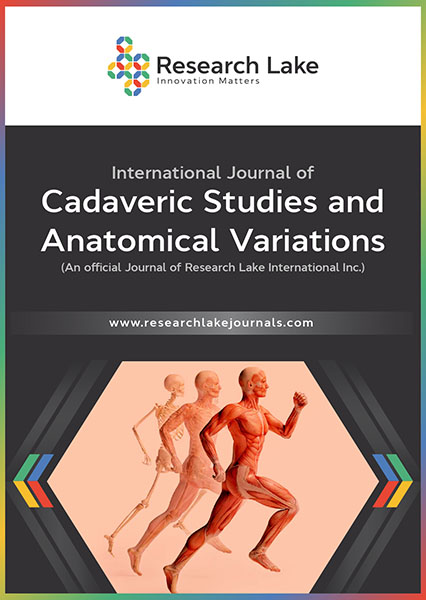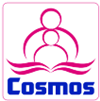Immunohistochemical Study of C-cells morphology, distribution and localization in the thyroid gland: A pilot study in cadaveric tissue
Immunohistochemical Study of C-cells
Abstract
Objective: Exact identification of C-cells in thyroid with defined morphological features, number of cells present in whole population, ratio of parafollicular to follicular cells and localization is a challenge with conventional analysis. A specific and sensitive calcitonin immunohistochemistry is necessary for the demonstration.
Method: Tissue obtained from 30 cadaveric specimens at AIIMS Jodhpur were processed, sectioned and stained for immunohistochemical analysis using calcitonin. The results obtained were also compared with H&E staining for same section.
Results: C-cells were found distributed in both lateral lobes, concentrated around a vertical axis in cranio-caudal direction. It was a randomized distribution with hardly any symmetry. A complete homogeneous distribution of C-cells all over the thyroid was never demonstrated. C-cells were usually concentrated in the middle thirds of the thyroid, and more in the right lobe. Upper third predominantly had more C-cells as compared to lower third of the gland. Incidentally, no C-cells were found in the isthmus in any thyroid at all. When observed for the localization, most of the C-cells were in the interfollicular position.
Conclusion: The present study findings corroborate the use of IHC for C-cell analysis in thyroid gland. Calcitonin proved to be an important diagnostic marker in C-cell identification. Quantification was done reliably, proving calcitonin used in the procedure justified due to its high specificity and affinity.
Copyright (c) 2020 Pushpa Potaliya

This work is licensed under a Creative Commons Attribution-NonCommercial 4.0 International License.
Copyright © by the authors; licensee Research Lake International Inc., Canada. This article is an open access article distributed under the terms and conditions of the Creative Commons Attribution Non-Commercial License (CC BY-NC) (http://creativecommons.org/licenses/by-nc/4.0/).















